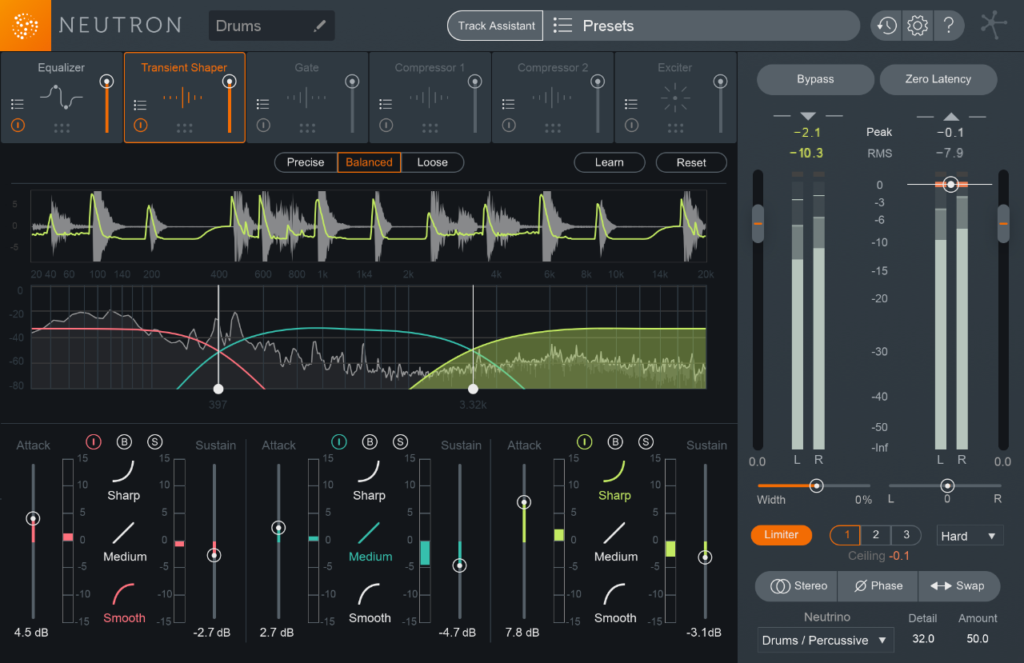Garageband Ipad Export Individual Tracks
- Garageband Ipad Export Individual Tracks From Garageband
- Garageband Ipad Export Individual Tracks List
Use the track headers in GarageBand for iPad. Each Touch Instrument has a track that holds the recordings (called regions) you make with that instrument.In Tracks view, each track has an icon, a name, and controls that let you adjust its volume, and silence (mute) or solo the track. Let's look at an example. Suppose your GarageBand project has eight tracks (guitar, vocal, bass, etc.). To move this project into something like Pro Tools you need to get a best resolution audio file for each of the eight tracks. GarageBand only offers the 'Export song to disk.' Command under the Share menu. Aug 11, 2018 Exporting stems from Garageband A client of mine needs to transfer a 100+ track count project out of Garageband over to me (REAPER, Win10). To my knowledge, the software can't export even mono stems, and stem printing is only possible by soloing tracks and printing them individually.
Jun 17, 2016 So, you've recorded and mixed a song in GarageBand.Now it’s time to share your song with the world. In its current state, your tune can only be played within GarageBand, so you need to export it — or “bounce it down” — to a single audio file that can be played in common audio applications. Apr 02, 2018 Export each track using the same sample rate and bit-depth. Both items can be addressed by following these steps to export individual multi-track files from GarageBand on iOS 11. (keep scrolling for the detailed instructions) Download the FREE GUIDE in PDF format and keep it handy to export your multi-tracks from iOS GarageBand consistently. Although you could split the tracks in GarageBand, then cut and paste the split portions into separate tracks, and then export each track separately, it’s a bother. How do i export all individual tracks from Garageband for iOS? A friend of mine has made some songs on his iPad Pro in Garageband for iOS but we haven't been able to find out how to export each track individually. I'd like to take all the tracks and work with the WAVs in Ableton.
Using the GarageBand Track Editor in iLife ’11, you can view the music in a region as though you’re seeing it in a microscope, viewing either the actual notes in a Software Instrument track or the waveform of a Real Instrument track.
Garageband Ipad Export Individual Tracks From Garageband
Garageband Ipad Export Individual Tracks List
To open the Track Editor, select the track to edit and click the Editor button (the one with the scissors) in the lower left corner of the GarageBand window (or choose Control→Show Editor). The Track Editor appears below the timeline and Transport buttons and has its own Zoom slider. Depending on the type of track, you see either a note-by-note representation of a Software Instrument or the waveform of a Real Instrument.
With both kinds of tracks, you can move the region forward (to the right) or backward (to the left) in the timeline. You can zoom in to see larger notes or a more detailed waveform by dragging the Track Editor’s zoom slider in the lower left corner.
Editing Real Instrument tracks in GarageBand ’11
Your performance with a Real Instrument may be slightly off the beat, but you can use the Track Editor to edit the track in one of these ways:
Move a region to adjust its location in the song. You can move a region precisely in order to line it up with the beat.
Adjust the timing with flex time. You can drag any part of the waveform to change the timing of a note or beat.
Stretch or shorten the timing of a Real Instrument performance by using flex time.Select, and then cut or copy, a section of a region and paste it into one or more locations in the song. You can cut or copy part of a Real Instrument region and paste it over another part of a region or in another place in the track.
Editing Software Instrument tracks in GarageBand ’11
Software Instruments were made for the kind of editing the Track Editor enables you to do. Using the Track Editor, you can change the actual notes of a Software Instrument track (performance or loop), including the note’s duration, pitch, velocity, and location in the timeline. You can also adjust the pitch and fix the timing of notes automatically.
When you open a Software Instrument region in the Track Editor, it starts out in Piano Roll view, which looks like an old-style piano roll with holes that served as instructions to a player piano. The following list describes the different ways you can edit the notes in the Track Editor’s Piano Roll view:
Shorten or lengthen the duration of a note: Drag the lower right corner of the note to resize it. As you drag, the note’s edges snap to the lines in the beat ruler.
Change a note’s starting point: Drag the note itself to the left or right, using the timeline grid as a guide.
Change a note’s pitch: Drag the note up or down.
Change the note’s velocity (from soft to hard): Drag the Velocity slider from left to right.
Mar 27, 2016 The problem is, tat the.mp4 you are importing to GarageBAnd is added as a movie track, and that is behaving differently from regular tracks. You cannot shift the position of the audio of a movie track. What you however can do is copying the the audio track of the movie to a new audio track. That will be unlocked. Garageband unlock audio track.
